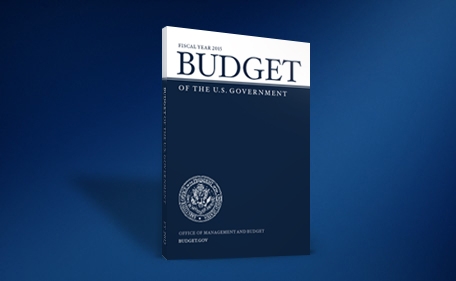
WASHINGTON — A leading out-of-school-time organization is disappointed in the Obama administration’s budget request for next fiscal year, saying it fails to recognize the growing demand for after-school programs.
Tuesday, the administration released its $4 trillion budget request for fiscal year 2017, calling for $1 billion in funding for the 21st Century Community Learning Center initiative, a $167 million cut from this year’s appropriation.
“At this time when one in five students is unsupervised after the school day ends, it is a real disappointment that the administration is not proposing to at least continue the slow, steady progress toward making afterschool programs — and the safe, supervised, hands-on learning opportunities they offer — available to all students,” Jodi Grant, executive director of the Afterschool Alliance, said in a news release.
The 21st CCLC initiative is the only federal funding source dedicated solely to after-school, before-school and summer learning programs. The grant program provides funding for after-school care to 1.6 million low-income children nationwide. An estimated 170,000 children would lose access to programming under the administration’s request, according to the Alliance.
The $1 billion request is level with funding authorized for the initiative in the Every Student Succeeds Act (ESSA), major education legislation signed into law in December. But the Alliance has recommended going beyond that, to increase funding for fiscal year 2017 to $1.3 billion.
“It would have been nice to see the administration go further to have at least the current level and not allow for the loss of programs,” said Erik Peterson, vice president of policy at the Alliance.
After-school advocates pushed for months in the lead-up to the passage of ESSA to preserve the 21st CCLC program. When the legislation was signed into law, they lauded its inclusion as a separate grant program but quickly said that more funding would be a policy priority.
The administration’s budget request almost certainly will not win over Republicans on Capitol Hill, but advocates want to see as much strong support as possible for the programs they favor as lawmakers begin appropriating money.
Peterson said House and Senate appropriators have been supportive of after-school programs in the past, including a bump in funding this year after initial proposals that would have decreased funding or kept it level with the previous year’s allocation.
In general, funding for the 21st CCLC has increased slightly in recent years, growing from $1.13 billion in 2009 to $1.15 billion in 2015.
The Obama administration said in its Department of Education budget request that the 21st CCLC funding would help improve student achievement, especially in high-need schools.
“The request would provide the authorized level of funding to support State and local efforts to implement in-school and out-of-school strategies for providing students, particularly those in high-need schools, the additional time, support, and enrichment activities needed to improve their achievement,” the Obama administration wrote in the budget summary.
Participation in after-school programs has increased from 6.5 million kids in 2004 to more than 10 million in 2014, according to “America After 3 P.M.,” the association’s household survey of more than 30,000 families. But, for every child in an after-school program, two more would participate if a program were available to them, according to the Alliance.





























